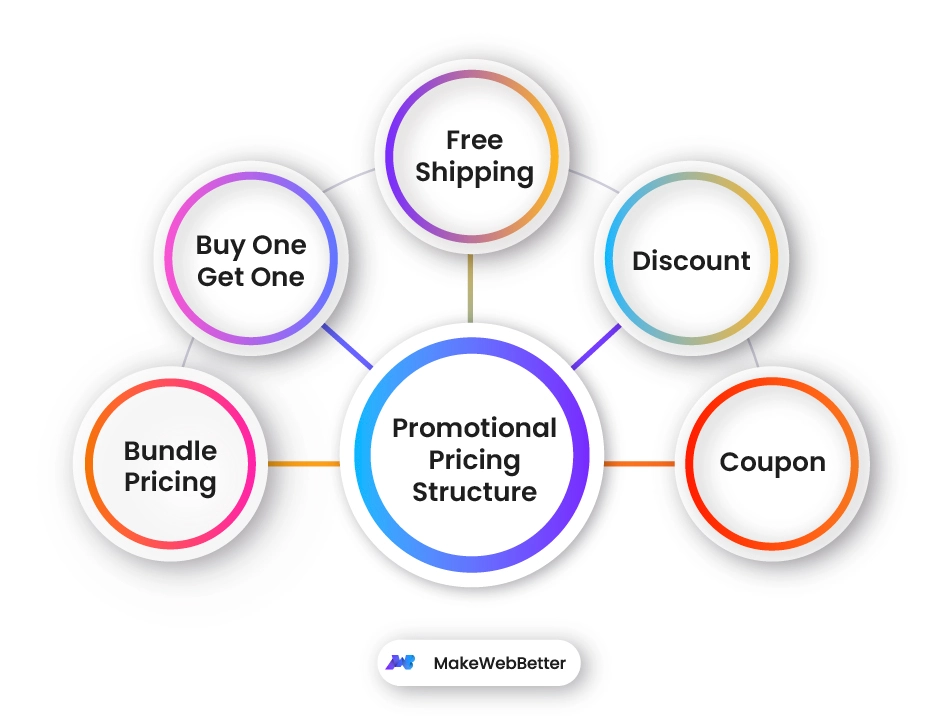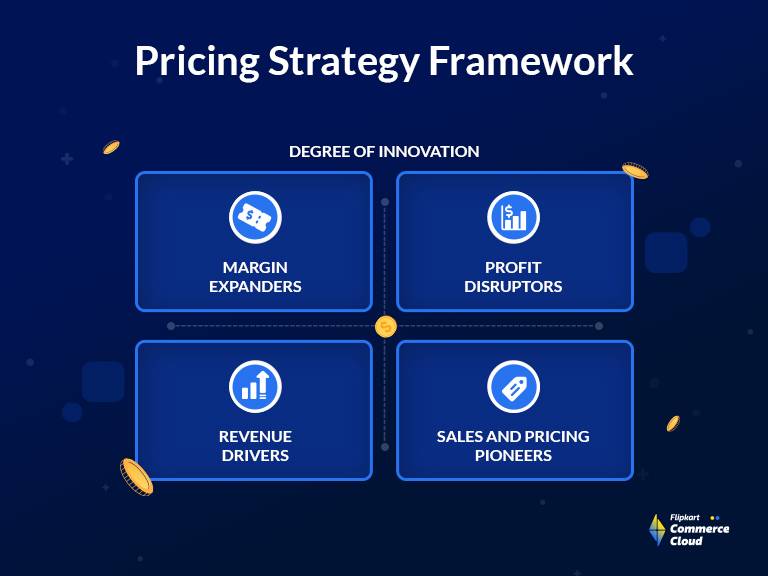The Role of Affordable Evaluation in Shaping Your Pricing Strategy
The Role of Affordable Evaluation in Shaping Your Pricing Strategy
Blog Article
Recognizing Rates Techniques: A Guide to Boosting Competitiveness
In an increasingly affordable landscape, understanding prices techniques is necessary for services aiming to boost their market placement. Understanding rival prices and the mental facets that influence customer behavior can produce a nuanced technique to pricing that reverberates with target audiences.
Importance of Rates Strategies
In the competitive landscape of service, the value of prices methods can not be overstated. Rates functions as an important lever for businesses, influencing both market positioning and consumer perception. A well-defined pricing strategy can boost profitability, drive sales, and establish an one-upmanship.

Comprehending client behavior is necessary in crafting pricing approaches. Insights into price sensitivity, regarded value, and affordable offerings permit organizations to adapt their prices designs as necessary. In addition, regular analysis of rates effectiveness is required to reply to market characteristics and consumer trends.
Ultimately, a durable rates strategy is indispensable not only for earnings generation yet likewise for long-term company viability. It shapes brand identification, influences customer loyalty, and plays a critical role in the total advertising and marketing method. Organizations need to invest time and resources in establishing and fine-tuning their pricing approaches to thrive in an ever-evolving marketplace.
Sorts Of Rates Models
How work determine one of the most efficient means to value their service or products? The response hinges on comprehending various prices models, each suited to various market conditions and organization goals.
One prevalent design is cost-plus prices, where a set percentage is included in the complete price of production. This approach ensures that all prices are covered while creating a revenue. Alternatively, value-based prices focuses on the viewed worth of the item to the consumer, allowing companies to charge a premium based on client need and contentment.
Another method is dynamic rates, generally used in sectors such as traveling and friendliness. This design changes rates in real-time based on market demand, rival prices, and various other outside elements. Penetration rates is additionally significant, where businesses at first set reduced prices to enter an open market and gain market share, later on enhancing costs once a customer base is developed.
Last but not least, skimming pricing includes establishing high initial costs for innovative or brand-new products, exploiting on very early adopters before decreasing costs over time. Recognizing these designs enables services to purposefully place themselves in the market, click here now straightening their pricing methods with their overarching goals.

Studying Competitor Rates
Comprehending rival pricing is a crucial aspect of formulating an efficient rates approach. Organizations should perform extensive evaluations of their competitors' prices frameworks to determine market positioning, evaluate possible risks, and reveal opportunities for distinction. This entails collecting information on competitors' prices, promotional techniques, and any kind of price cuts or incentives they use.
Beginning by determining crucial competitors within your industry. Make use of various tools such as market study reports, competitor internet sites, and pricing comparison systems to collect relevant info. Assess their rates designs, consisting of any type of tiered rates systems, membership charges, or bulk discounts. Understanding the rationale behind these rates strategies can supply understandings right into customer behavior and choices.
Think about the ramifications of competitor pricing on your value proposal. If rivals provide comparable products at reduced rates, you might need to emphasize distinct selling points or enhance consumer service to validate your prices.
Ultimately, examining rival pricing not just notifies rates choices but likewise helps organizations remain competitive in a continuously developing market landscape.
Mental Prices Methods
Emotional pricing techniques leverage customer psychology to influence getting choices and enhance the viewed value of products. One common approach is appeal prices, where rates are set just listed below a rounded number, such as $9.99 instead of $10.00.
One more effective approach is status rates, where greater prices are connected with greater top quality. This approach appeals to consumers' wish for status and exclusivity, placing products as exceptional offerings. In addition, packing items with each other at a reduced price Visit Your URL can create a sense of value, motivating clients to acquire greater than they initially intended.
Scarcity pricing, which highlights restricted schedule or time-sensitive offers, can also activate urgency, pressing customers to act swiftly. By understanding and applying these mental rates methods, businesses can successfully shape consumer assumptions, drive sales, and eventually enhance competitiveness out there.
Implementing and Changing Techniques

As soon as data is gathered, companies should evaluate their rates designs versus present market conditions. This may entail embracing dynamic pricing strategies that enable real-time modifications based on supply and demand fluctuations. Organizations should additionally take into consideration segmenting their market to tailor costs for different client groups, improving viewed value and driving sales.
On a regular basis evaluating rates strategies is crucial. This can be attained through A/B testing or consumer comments, which supplies insights into the effectiveness of existing pricing. In addition, businesses should continue to be versatile to adapt to unanticipated navigate to this site changes, such as financial slumps or arising rivals.
Conclusion
Finally, reliable rates strategies function as a critical component for companies intending to enhance competition in a changing market. By leveraging different pricing designs, analyzing rival prices, and employing emotional strategies, companies can better position themselves and connect worth to consumers. Moreover, routinely changing these techniques in response to market characteristics and consumer behavior is essential for guaranteeing lasting sustainability and productivity, inevitably driving sales and fostering consumer loyalty.
In a progressively competitive landscape, understanding prices techniques is important for companies aiming to enhance their market placement. Understanding rival prices and the psychological aspects that influence customer behavior can develop a nuanced strategy to pricing that resonates with target audiences.Comprehending competitor pricing is a vital facet of developing an efficient rates strategy. Examine their pricing models, including any kind of tiered prices systems, subscription charges, or bulk discount rates. By leveraging numerous rates designs, analyzing competitor pricing, and utilizing emotional strategies, firms can much better place themselves and communicate value to consumers.
Report this page